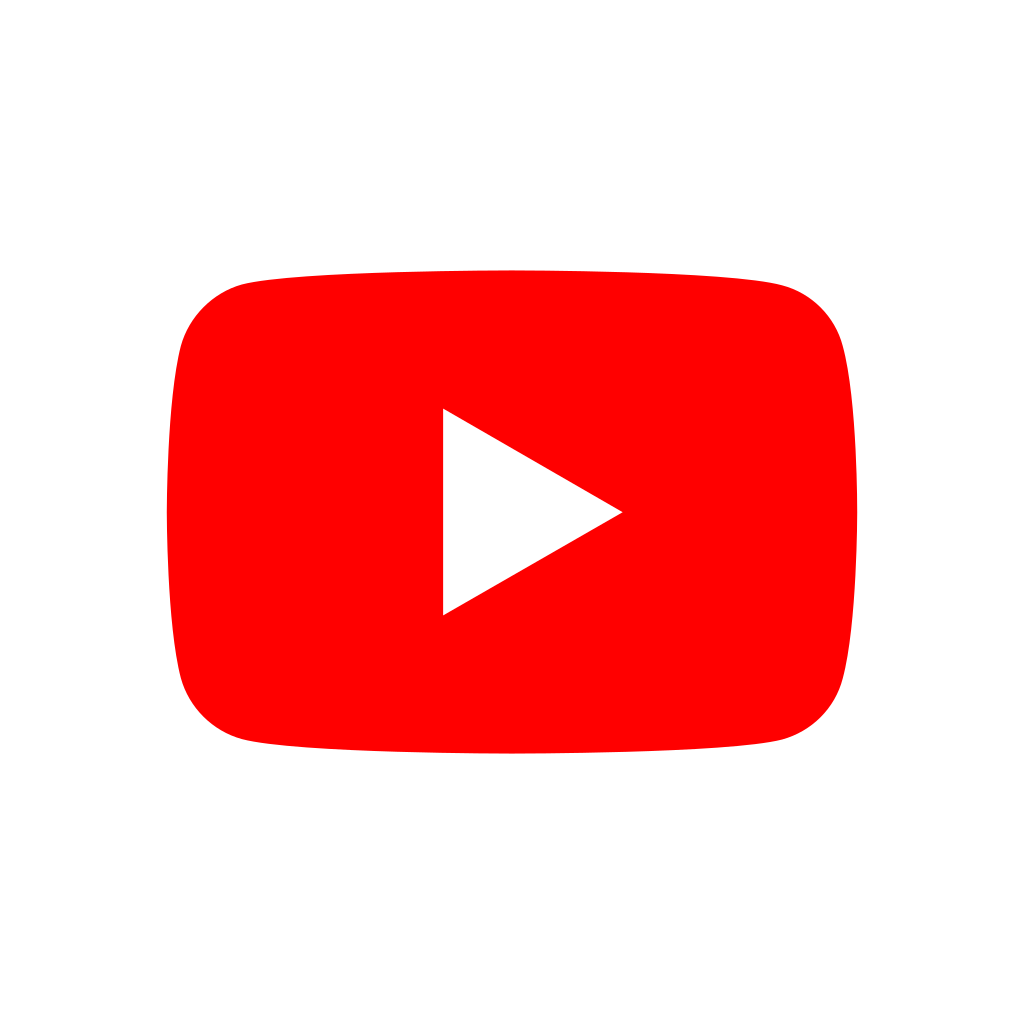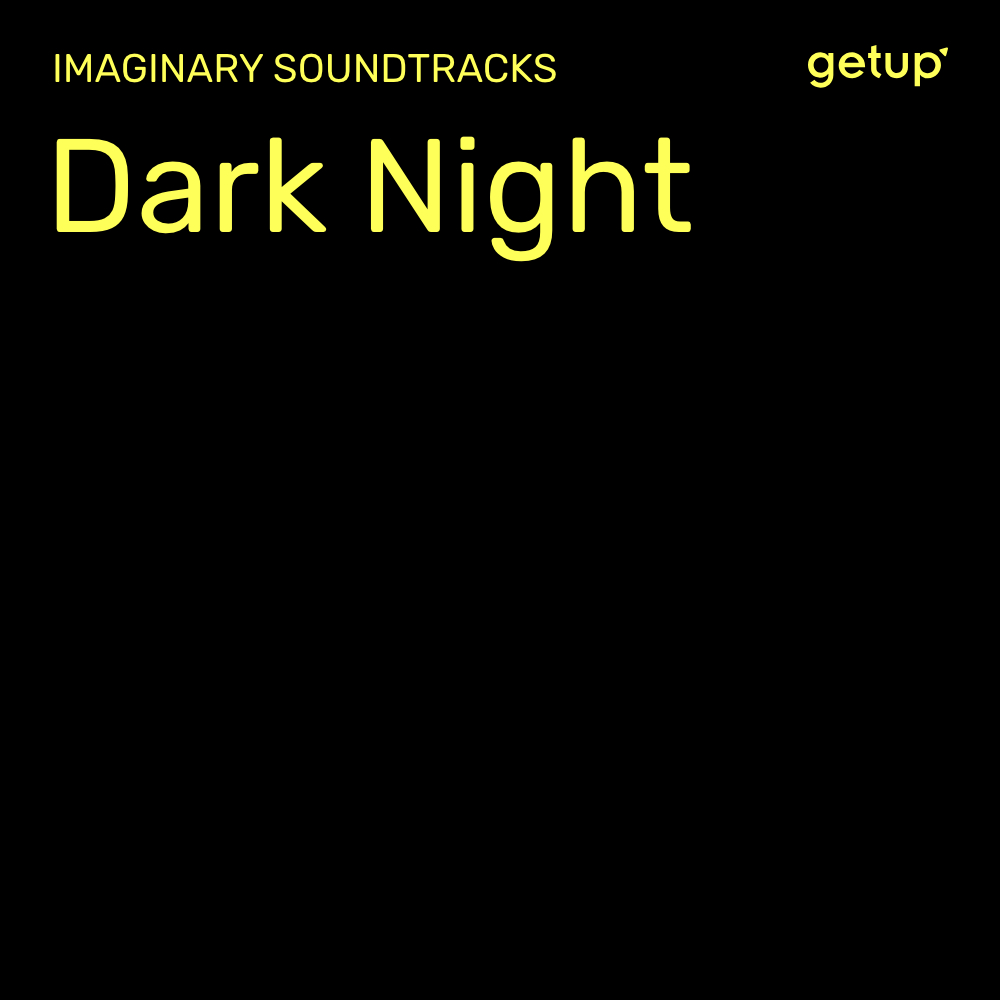‘I think there’s a massive amount of conservatism in the world of music education, which makes me feel quite grateful that I’ve never had anything to do with it, to be honest. I’ve learned what I’ve learned out of enthusiasm.’ British musician Thomas Jenkinson is like a spinning electron, travelling alone between multiple dimensions: drill, bass, hip-hop, dub, jazz-rock, ambient… the list goes on.
As a child he listened to cathedral organs, admired the jukeboxes collected by his father, and recorded everything on the radio. At the age of ten, he took a few guitar lessons before turning to the bass, which he then practiced obsessively. ‘The way I play the bass is very particular. I always tried to push the limits of the instrument, I wasn’t satisfied with playing a simple bass line. I wanted to get noises, percussion, harmonic sounds and melodies from it.’ His solitary adolescence was entirely devoted to listening to two jazz landmarks: Miles Davis’ Bitches Brew and Herbie Hancock’s Head Hunters. He then played in a few jazz-fusion bands before the shock of techno came along. ‘Carl Craig had a really... weird organic sound. It had this really warm, rich tone that was like a ‘70s record or a well-recorded jazz album.’ From then on, he tried to get his bass playing in tune with the furious rhythms of techno and hardcore, mixing in machines as well as traditional instruments.
All his work is driven by a dialectic of destruction/creation, flirting with chaos using digital breaks, displaying a love for the abrasive and the visceral. Despite that, there are a few melancholic interludes that punctuate the artist’s oeuvre, giving us some ethereal and poignant tunes. Beyond these contrasting moods, Jenkinson’s music is complex and refined, charged with action. A passage from Kafka’s famous unfinished novel The Castle is an early description of Jenkinson’s style: ‘A crackling sound came from the earpiece, such as K. had never heard on the telephone. It sounded like the buzzing of an infinite number of childish voices, but it was not a real buzzing, it was the singing of distant voices, extremely distant voices, it sounded as if these thousands of voices had united in an impossible way to form a single voice, high-pitched but loud, and which struck the eardrum as if it had been asking to penetrate something deeper than a mere ear…’
Each album has been an opportunity to push some limits. Known for stirring up the anger of machines in delirious expressionism (Go Plastic), he sometimes features as a one man band, leaning towards jazz-rock (Music Is Rotted One Note), or (still by himself) he embodies an imaginary pop band whom he discovered in a dream (Just A Souvenir). Whilst there were the wilderness years (among others is the failure Damogen Furies), inspiration returned in 2020 when he once again took up analog music (Be Up A Hello). His path has been less postmodern than instinctive and vital: ‘When I’m making music, I don’t think about anything, you know? All I think about is what I want to hear. So that for me is what I want – I want my head to be constantly being rearranged…’





.jpg)
